Pouhana O Na Wahine Update
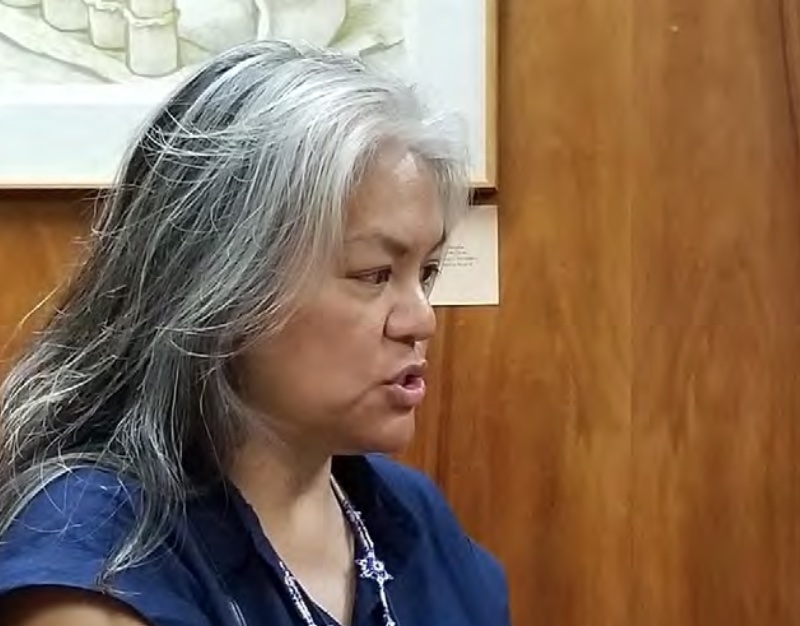
Pouhana O Na Wahine, Pillars of Women, is a grassroots organization advocating for Native Hawaiian families who face challenges related to domestic violence and sexual assault, by exercising our inherent sovereign rights as indigenous people of Hawaii. The Board and its members come from the different islands in the Hawaiian chain.
Pouhana O Na Wahine’s Board and Paula Julian,
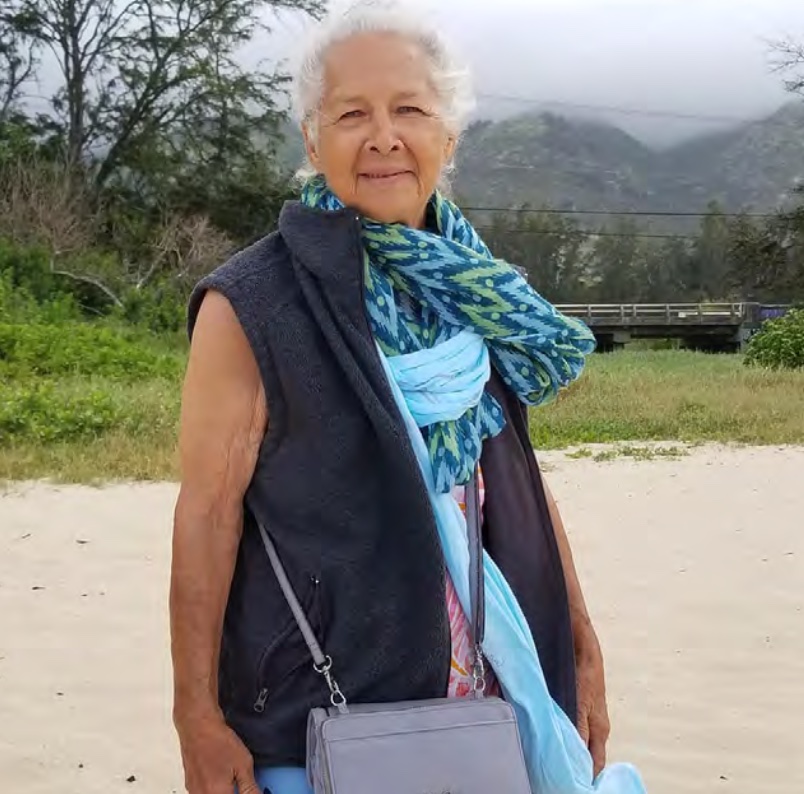
NIWRC, met at the end of August to continue discussions on national strategies for increasing the safety of Native women, priority areas addressing domestic and gender-based violence against Native Hawaiian women, and exchange opportunities with Indian tribes, tribal coalitions and domestic violence and sexual assault organizations. During this time the hui also met with the offices of Senator Schatz and Senator Hirono to discuss the safety of Native Hawaiian women and the ohana.
Native Hawaiian women represent the highest percentage of victims of domestic and sexual violence within the state of Hawaii. The Pouhana ‘O Na Wahine is focused on determining how to change this unacceptable reality. The hui understands that relying solely on non-indigenous responses to domestic and sexual violence are short-term, temporary solutions which do not address the needs of Native Hawaiians. Taking on the challenge of organizing to increase safety for women and children, the hui continues to discuss their strategy based on a Native Hawaiian worldview for addressing the injustices they have suffered since 1898.
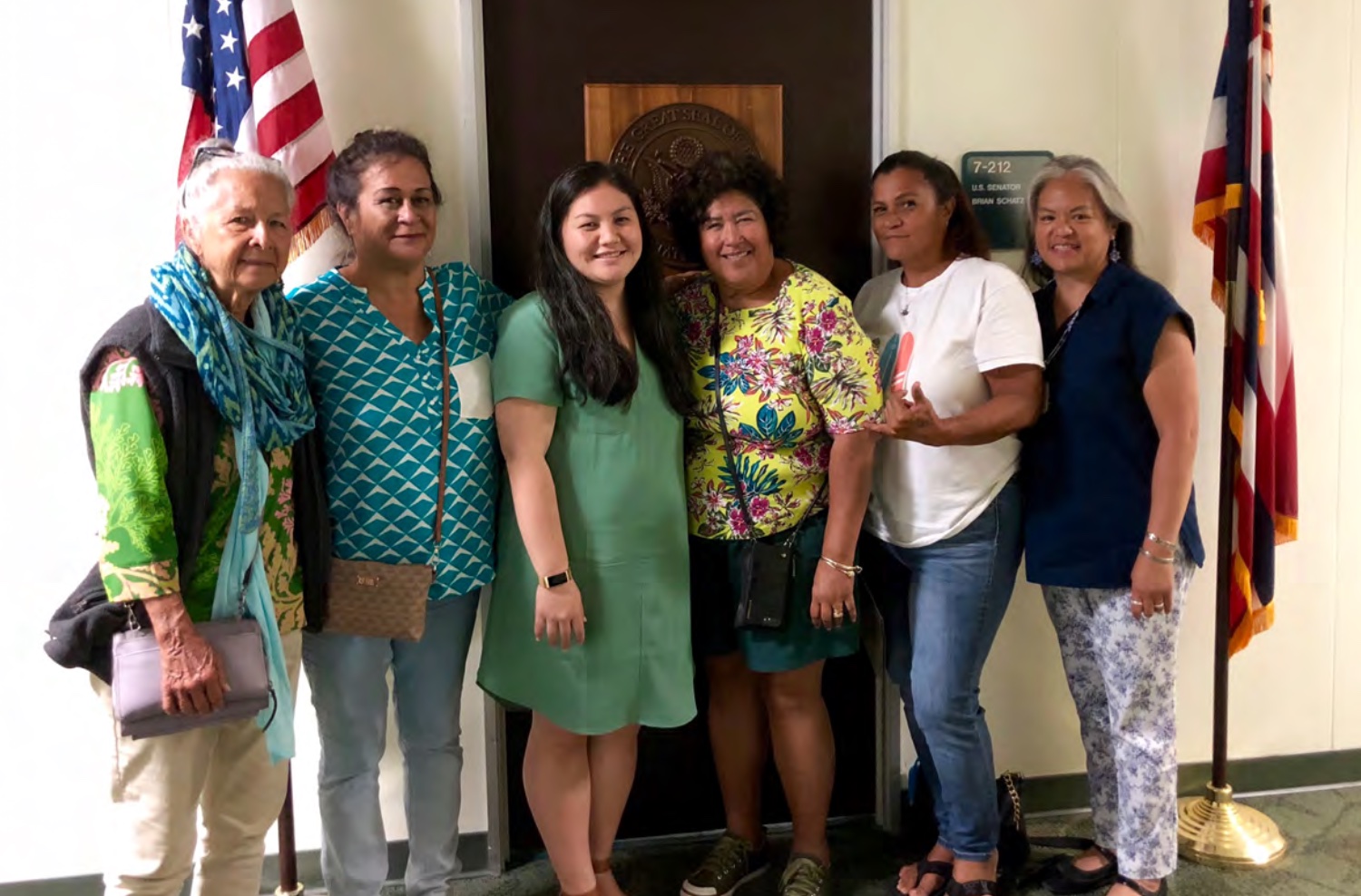
“Native Hawaiian people had their own government structure and processes, including our practices and ceremonies,” said Kupuna NaniFay Paglinawan with the Pouhana. “Strengthening our way of life to address violence against wahine is linked to recognizing the authority of Native Hawaiians as a nation. We also need resources to implement the programs rooted in Native Hawaiian voices, language, and teachings.”
Important to note that the U.S. government entered into five treaties with the Kingdom of Hawaii as referenced in the Apology Bill from 1826 through 1887, and has consistently recognized its legal relationship with the Native Hawaiian community with more than 150 federal laws, including creating special programs and services for the Native Hawaiian community. Examples include the Hawaiian Homes Commission Act, Native Hawaiian Health Care Improvement Act, and Native Hawaiian Education Act. There has also been a legal relationship as evidenced by state laws respecting Native Hawaiians. As written in the state Constitution Article 12, Section 7, reaffirming that the state “shall protect all rights, customarily and traditionally exercised...by...descendants of native Hawaiians who inhabited the Hawaiian Islands prior to 1778.”
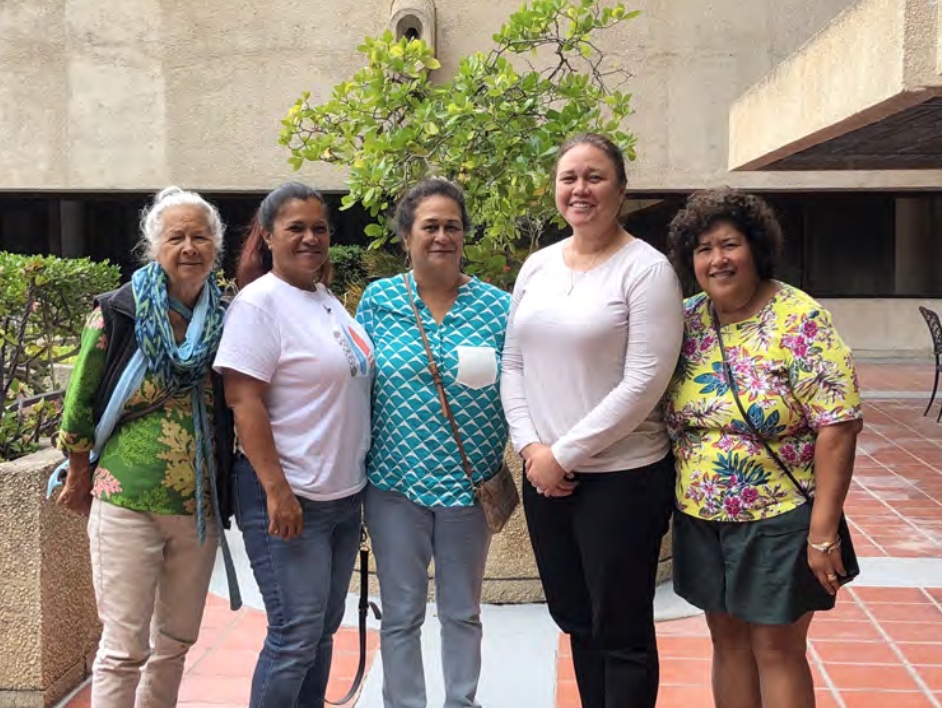
“NIWRC looks forward to our ongoing sisterhood and partnership with the hui to increase the safety of Native Hawaiian and all Indigenous women.” — Paula Julian, Senior Policy Specialist, NIWRC.
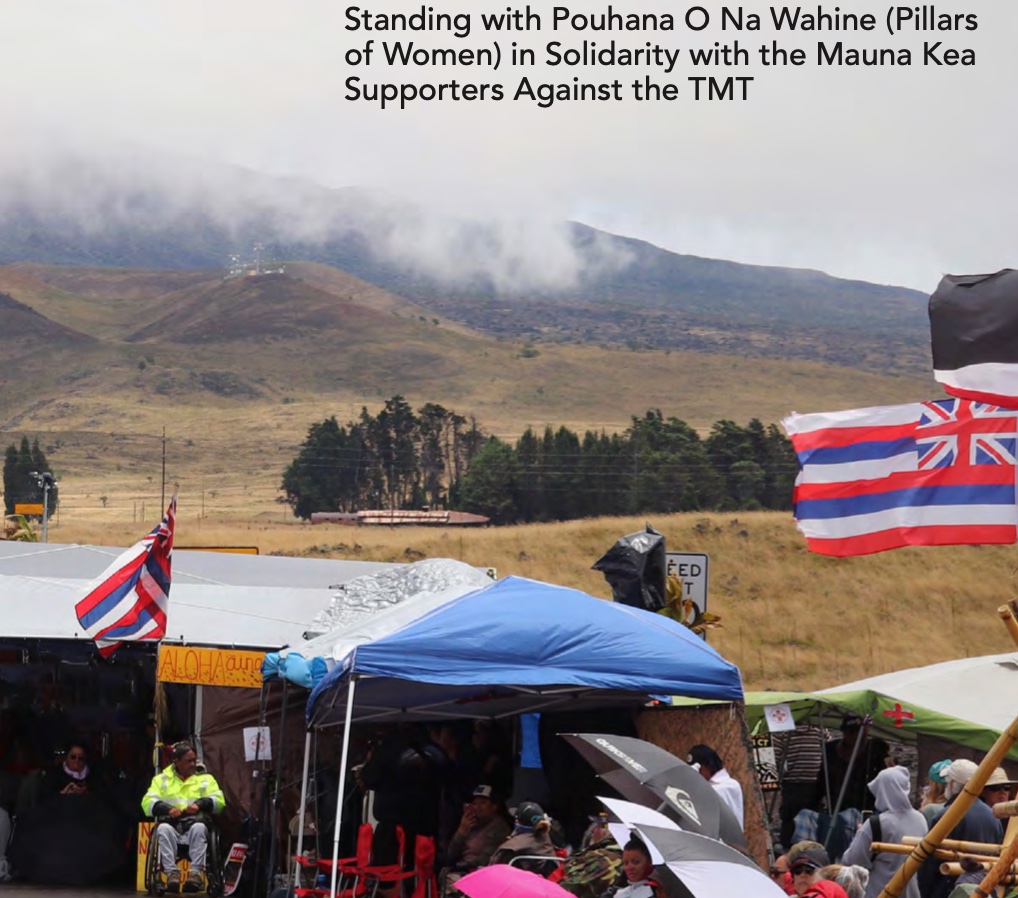
The Thirty Meter Telescope (TMT) project, a $1.4 billion astronomical observatory, had a planned construction launch date of July 15. The 18-story telescope project was scheduled to be built atop Mauna Kea, which is among the most sacred sites in Hawaiian cosmology.
To Indigenous Native Hawaiians who called Hawaii home before Hawaii became the last state of the U.S., the tallest mountain in Hawaii, Mauna Kea, represents a sacred site. It is considered the realm of the Earth’s creator and the birthplace of the Hawaiian people. Pro- business groups interested in boosting Hawaii’s tech industry want the summit to house what would be the largest telescope in the Northern Hemisphere.
The TMT project has faced stiff opposition from Native Hawaiians and allies due to its planned construction site. It is viewed as a decision that disrespects Native Hawaiian sovereignty, desecrates a sacred site, and highlights who decides what happens on ancestral indigenous lands.
The fight to protect Mauna Kea is 10 years running, with the Hawaii Supreme Court ruling in 2018 that construction for TMT can proceed. Despite the Court’s decision, the struggle is not over. Since the first scheduled day for construction, July 15, Mauna Kea protectors have shown up every day to save their most sacred land. The protests have drawn thousands. Mauna Kea protectors (ku kiaʻi mauna) are taking a stand to be caretakers of this sacred site and their land.
Native Hawaiian Kupuna (elders) and other activists have been arrested for peacefully protesting. They are currently blocking the mountain’s access road and have indefinitely halted the TMT project. They have stopped Native Hawaiians from accessing the Mauna where they go for religious purposes, cultural practices as well as gathering. Protectors say their current struggle is yet another chapter in a long history of genocide and the denial of recognizing Native Hawaiian nationhood and Indigenous rights by the federal and state governments.
On January 17,1893, Queen Lili’uokalani was overthrown by businessmen and sugar plantation owners supported by the United States. State and federal title to Native Hawaiian lands remain under dispute. The United States Congress passed an Apology Resolution in 1993 for the overthrow of the Kingdom of Hawaii which resulted in the suppression of the inherent sovereignty of the Native Hawaiian people. The recognition of Native Hawaiian sovereignty remains a continuing struggle.
“The National Indigenous Women’s Resource Center stands in solidarity with our Pouhana O Na Wahine sisters and the Mauna Kea protectors,” said Lucy Simpson, Executive Director, NIWRC. “We encourage our movement and allies for the safety of Native women to support the protection of this sacred site.”
Resources to Understand Violence Against Native Hawaiian Women
Apology of the U.S. Congress to Native Hawaiian People (PL 103-150), https://www.govinfo.gov/content/pkg/STATUTE-107/pdf/STATUTE-107-Pg1510.pdf
Procedures for Reestablishing a Formal Government-to-Government Relationship With the Native Hawaiian Community (43 CFR Part 50), https://www.govinfo.gov/content/pkg/FR-2016-10-14/pdf/2016-23720.pdf
Restoration of Native Sovereignty and Safety for Native Women, Vol. 14, Issue 3, p 13-17 https://www.niwrc.org.
#violenceisnothawaiian #itisonlywithalohathatwethrive #FVPSA4ALL





